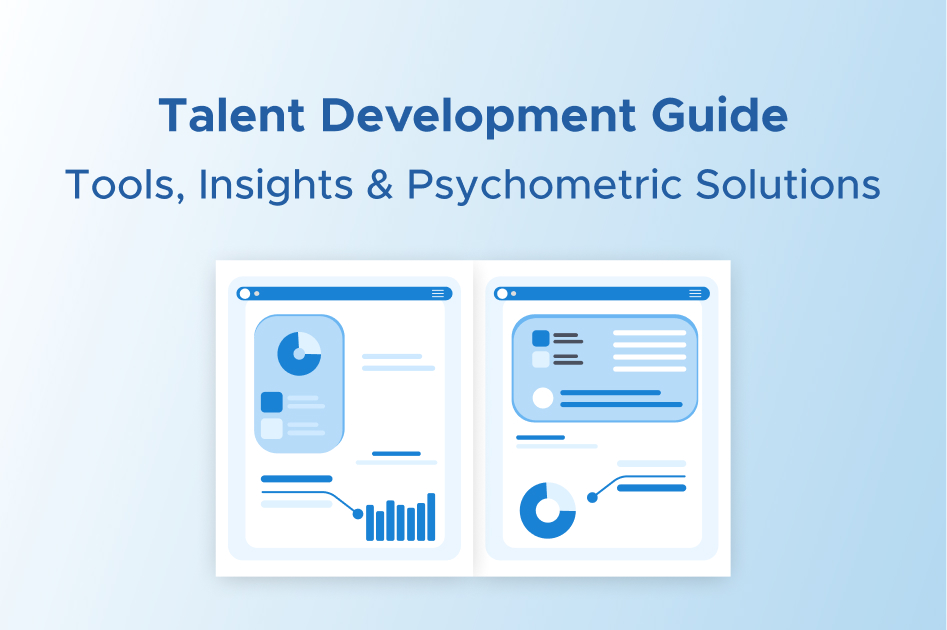The Role of HR in Streamlining the Employee Exit Process: Best Practices and Pitfalls to Avoid

Introduction
In any organization, the human resources (HR) department plays a pivotal role in managing the employee lifecycle, from onboarding to the final stage known as the employee exit process. Streamlining this process not only reflects well on the company’s operational efficiency but also impacts the departing employee’s perception of the organization. This article explores the essential practices HR can implement to enhance the employee exit process and the common pitfalls to avoid, using insights from ZENITHR’s comprehensive approach.
Understanding the Employee Exit Process
The employee exit process involves all the steps from the moment an employee resigns or is notified of termination to the completion of their final working day and beyond. This includes handling administrative tasks, conducting exit interviews or surveys, and ensuring the transition is as smooth as possible for both the employee and the organization. Properly managing this process is crucial for gathering valuable feedback, which can be instrumental in reducing future turnover and maintaining a positive workplace environment.
Best Practices for Streamlining the Employee Exit Process
Clear Communication: From the outset, it is vital that the HR department communicates clearly and respectfully with the exiting employee. Providing a structured and transparent outline of the exit process can help alleviate any anxiety and confusion.
Conducting Thorough Exit Interviews: Utilizing exit surveys and interviews to gather feedback is crucial. These should be designed to uncover genuine insights about the employee’s experience, which can inform improvements in organizational practices. Questions should be direct yet respectful, focusing on areas such as job satisfaction, workplace culture, and personal growth opportunities.
Efficient Documentation: Ensure all necessary paperwork is prepared and completed efficiently. This includes final paychecks, benefits status, and letters of recommendation if applicable. Streamlined documentation processes not only save time but also prevent last-minute hurdles.
Feedback Implementation: One of the most critical steps in the exit process is the implementation of feedback received from departing employees. This requires HR to analyze the data, identify actionable insights, and adjust internal policies and practices.
Maintaining Professionalism: Maintaining a professional demeanor is essential throughout the exit process. This helps preserve a positive relationship with the departing employee, which could benefit future rehiring or networking.
Pitfalls to Avoid in the Employee Exit Process
Neglecting Employee Engagement: Failing to engage with the departing employee throughout the exit process can lead to a series of misunderstandings and an overall lack of closure for both parties. It is crucial for HR to maintain open lines of communication during this period. Regular check-ins, where feedback and concerns can be voiced safely, are essential in ensuring that the transition is as smooth as possible. Moreover, engagement throughout the exit process helps preserve a positive relationship, which can be beneficial for alumni networks and future rehiring opportunities. Therefore, HR departments must prioritize continuous dialogue to support and guide employees until their last day.
Inadequate Preparation: A poorly managed exit process can create chaos and leave a lasting negative impression of the organization on the departing employee. To avoid this, HR should ensure that all steps of the exit process—from finalizing paperwork to conducting exit interviews—are meticulously planned and executed. This includes preparing all relevant documents ahead of time, scheduling final meetings to offer clarity and closure, and ensuring that the employee has a clear understanding of their post-employment benefits and obligations. A well-prepared exit process not only streamlines the transition but also reinforces the organization’s commitment to professionalism and respect for its employees.
Ignoring Feedback: Often, exit surveys and interviews are treated as mere formalities rather than tools for meaningful change. However, disregarding the insights gained from these feedback mechanisms can stunt organizational growth and improvement. HR must treat the feedback from departing employees as valuable data that can highlight recurring issues, pinpoint areas needing improvement, and suggest innovative solutions. It is imperative that this feedback is taken seriously, thoroughly analyzed, and acted upon. By doing so, the organization demonstrates its commitment to continuous improvement and employee satisfaction, which in turn can enhance its reputation and attract top talent.
Lack of Follow-up: A common oversight in the exit process is the failure to follow up with departing employees. Keeping in touch after their departure, offering networking opportunities, and even providing references can contribute to a positive last impression of the company. Such follow-ups can also turn former employees into brand ambassadors who speak positively about their experiences. Furthermore, maintaining a relationship post-exit can open doors for rehiring talented individuals who continue to grow their skills externally. Hence, HR should implement a structured follow-up strategy to keep these valuable connections alive and beneficial for both the former employee and the organization.
Conclusion
The employee exit process is critical to the HR function, reflecting the organization’s values and affecting its culture. By implementing best practices and avoiding common pitfalls, HR can significantly improve this process, ensuring that departures are managed as smoothly as possible. This not only aids in maintaining a positive organizational reputation but also enhances the insights gained from exit feedback, which can drive substantial improvements in the workplace.
Related posts
Explore moreEmotional Intelligence Assessments for Recruitment

A Better Approach to Succession Planning Using Assessment Data

